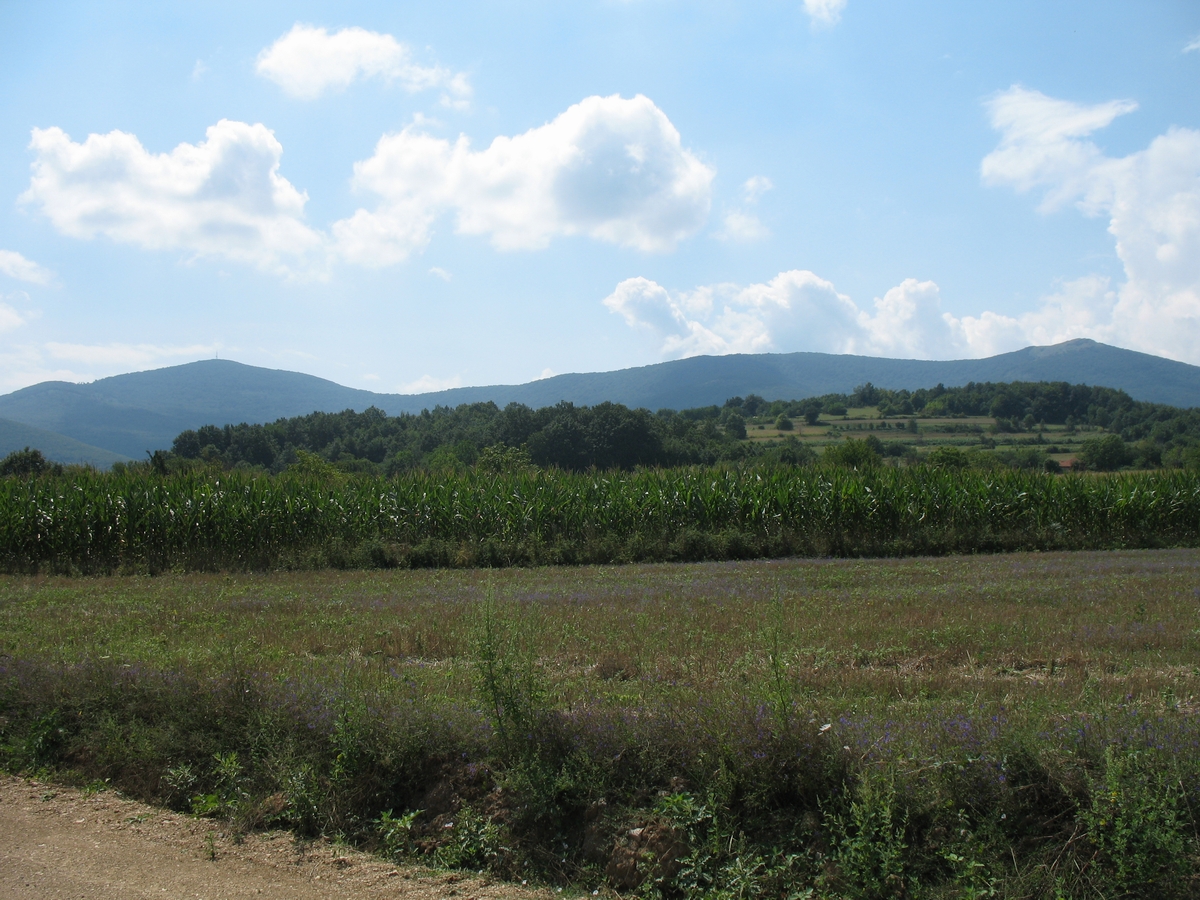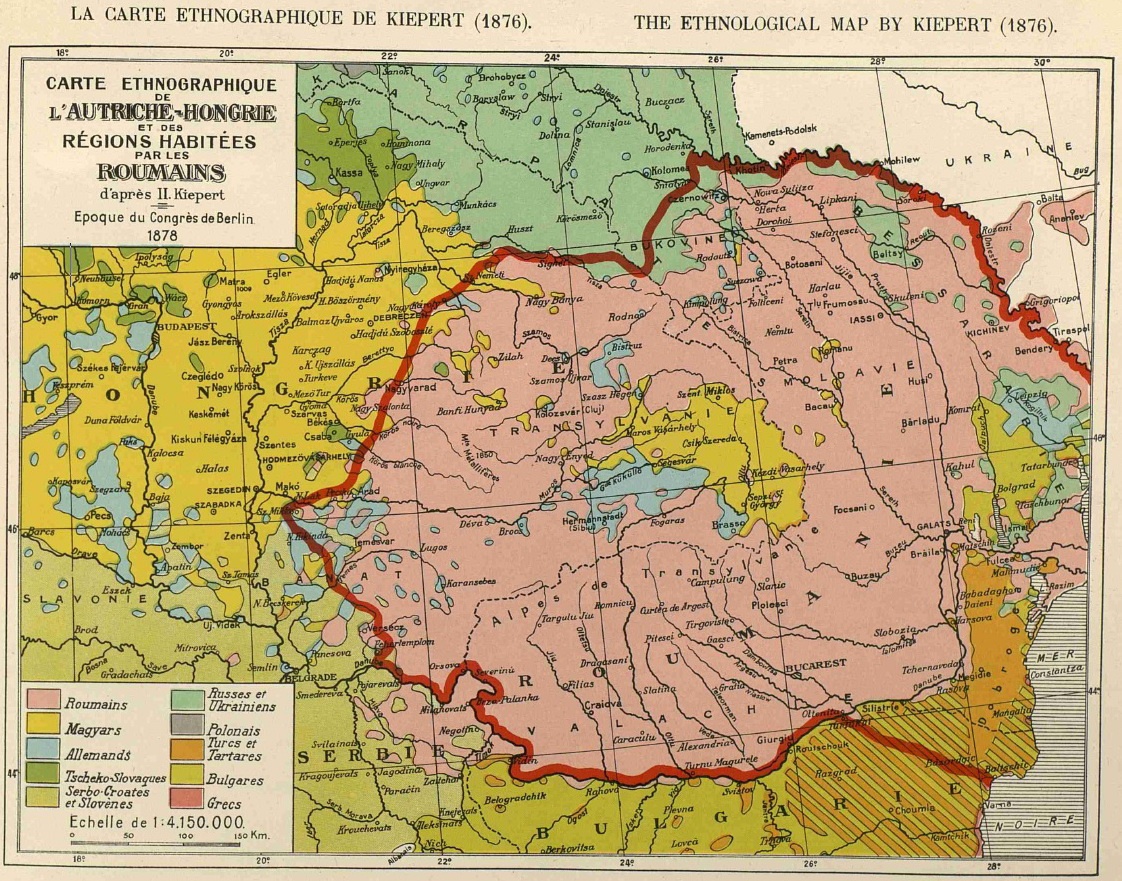|
Negotin Valley
The Negotin Valley ( ro, Valea Negotinului; sr, Неготинска Крајина, Negotinska Krajina) is a region in northeastern Serbia. It is isolated and distanced from other parts of Central Serbia. The Negotin Valley has unusual climatic features and hydropotential and geomorphologic sites. The region is centered around the city of Negotin. However, the borders of the region are not firmly defined. To the east, it is delimited by the Danube and Timok rivers, and to the west, by the Veliki Greben and Deli Jovan mountains. However, there are no certain geographic features to the north or south. The southern border can be interpreted as the Jelašnička River, while the northern one extends to Reka. It is agreed that the region is made up of several main centers: Negotin, Brza Palanka and since World War I, Salaš and Brusnik. It can be considered as a part of the Timok Valley. See also * Bulgarians in Serbia Bulgarians ( bg, Българи в Сърбия, sr, Бу ... [...More Info...] [...Related Items...] OR: [Wikipedia] [Google] [Baidu] |
Deli Jovan Pan2
Deli may refer to: * Delicatessen, a shop selling specially prepared food, or food prepared by such a shop * Sultanate of Deli, a former sultanate in North Sumatra, Indonesia Places * Deli, Boyer-Ahmad, a village in Kohgiluyeh and Boyer-Ahmad Province, Iran * Deli, Chaharmahal and Bakhtiari, a village in Chaharmahal and Bakhtiari Province, Iran * Deli, Isfahan, a village in Isfahan Province, Iran * Deli, Izeh, a village in Khuzestan Province, Iran * Deli, Kohgiluyeh, a village in Kohgiluyeh and Boyer-Ahmad Province, Iran * Deli Serdang Regency, a regency in the province of North Sumatra, Indonesia * Deli Zal Beyg, a village in Lorestan Province, Iran * Deli, a town in Sumatra developed for tobacco commerce that became Medan Other uses * Deli (company), a global office supply company based in China * Deli (Ottoman troops), a designation for irregular troops in the later Ottoman Empire * DeLi Linux, a lightweight Linux distribution * Deli (song), "Deli" (song), Eurovision Song Contes ... [...More Info...] [...Related Items...] OR: [Wikipedia] [Google] [Baidu] |
Romanians In Serbia
Romanians ( ro, Românii din Serbia, sr, Румуни у Србији, Rumuni u Srbiji) are a recognised national minority in Serbia. The total number of self-declared Romanians according to the 2011 census was 29,332, while 35,330 people declared themselves Vlachs; there are differing views among some of the Vlachs over whether they should be regarded as Romanians or as members of a distinctive nationality. Declared Romanians are mostly concentrated in Banat, in Vojvodina, while declared Vlachs are mostly concentrated in the Timok Valley, in eastern Serbia. History As Daco-Romanian-speakers, the Vlachs have a connection to Roman heritage in Serbia. Following Roman withdrawal from the province of Dacia at the end of the 3rd century, the name of the Roman region was changed to Dacia Aureliana, and (later Dacia Ripensis) spread over most of what is now called Serbia and Bulgaria, and an undetermined number of Romanized Dacians ( Carpi) were settled there. Strong Roman prese ... [...More Info...] [...Related Items...] OR: [Wikipedia] [Google] [Baidu] |
Bulgarians In Serbia
Bulgarians ( bg, Българи в Сърбия, sr, Бугари у Србији, Bugari u Srbiji) are a recognized national minority in Serbia. According to the 2011 census, there are 18,543 ethnic Bulgarians composing 0.3% of the population of Serbia. The vast majority of them live in the southeastern part of the country, bordering Bulgaria and North Macedonia. History The regional names once used by many people in the Torlakian-speaking region was ''Torlaci'' and ''Šopi'' speaking a transitional speech between Bulgarian and Serbian. Before the Ottoman conquest, the borders of the region frequently shifted between Byzantine, Bulgarian and Serbian rulers. According to some authors during the Ottoman rule, the majority of native Torlakian Slavic population did not have a distinct national consciousness in the ethnic sense. The first known literary monument, influenced by Torlakian dialects is the Manuscript from Temska Monastery from 1762, in which its author, the Monk Kir ... [...More Info...] [...Related Items...] OR: [Wikipedia] [Google] [Baidu] |
Timok Valley
The Timok Valley ( sr, Тимочка Крајина, Timočka Krajina; bg, Тимошко, Timoshko; ro, Valea Timocului) is a geographical region in east-central Serbia around the Timok River. The Timok Valley corresponds to parts of two Serbian districts ( Bor and Zaječar), with a total 2002 census population of 284,112. Name The Serbian name is derived from the hydronym ''Timok'' and ''krajina'' ("frontier, march"), named such due to its location and history as a borderland. It was introduced in the Interwar period as denoting the Timok confluence with the Negotin Valley and Ključ, which are part of the Timok Valley. The term has no historical or geographical basis. In Romanian, the term "Timoc Valley" () is used for the area inhabited by the Romanian-speaking Vlachs. "Tribalia" is also used in Romanian. The region was sometimes known as Podunavia in Medieval times. Geography The Timok Valley roughly corresponds to the Bor and Zaječar districts of Serbia. It includes si ... [...More Info...] [...Related Items...] OR: [Wikipedia] [Google] [Baidu] |
Brusnik, Zaječar
Brusnik (Serbian Cyrillic: Брусник) is a village situated in the Zaječar municipality of the Republic of Serbia (formerly briefly in Negotin District, as it is 37 km from Zaječar and just 21 km from Negotin, which is somewhat similar to the locations of the town of Negotino and the village Brusnik in Macedonia). Located roughly halfway between the end points of Prahovo-Zaječar railway line, it is the sole major railway junction on it. Like many other villages in Eastern Serbia, specifically the Timok Valley region, Brusnik has "pivnice"/"pimnice", a separate but attached set of temporary residences, aligned in streets and with shops, but not a school, post office or medical facilities (which remain only in the village itself), located 5 km away from the village proper and used for a month or so during the grape harvesting and wine making season. Due to their exceptional quality, Brusnik wines were exported to the paramount centre of winemaking, France, as ... [...More Info...] [...Related Items...] OR: [Wikipedia] [Google] [Baidu] |
Salaš (Zaječar)
Salaš is a village in the municipality of Zaječar, Serbia. According to the 2002 census, the village has a population of 962 people.Popis stanovništva, domaćinstava i Stanova 2002. Knjiga 1: Nacionalna ili etnička pripadnost po naseljima. Republika Srbija, Republički zavod za statistiku Beograd 2003. History From 1929 to 1941, Salaš was part of the Morava Banovina of the Kingdom of Yugoslavia The Kingdom of Yugoslavia ( sh-Latn-Cyrl, separator=" / ", Kraljevina Jugoslavija, Краљевина Југославија; sl, Kraljevina Jugoslavija) was a state in Southeast Europe, Southeast and Central Europe that existed from 1918 unt .... References Populated places in Zaječar District {{ZaječarRS-geo-stub ... [...More Info...] [...Related Items...] OR: [Wikipedia] [Google] [Baidu] |
World War I
World War I (28 July 1914 11 November 1918), often abbreviated as WWI, was one of the deadliest global conflicts in history. Belligerents included much of Europe, the Russian Empire, the United States, and the Ottoman Empire, with fighting occurring throughout Europe, the Middle East, Africa, the Pacific, and parts of Asia. An estimated 9 million soldiers were killed in combat, plus another 23 million wounded, while 5 million civilians died as a result of military action, hunger, and disease. Millions more died in genocides within the Ottoman Empire and in the 1918 influenza pandemic, which was exacerbated by the movement of combatants during the war. Prior to 1914, the European great powers were divided between the Triple Entente (comprising France, Russia, and Britain) and the Triple Alliance (containing Germany, Austria-Hungary, and Italy). Tensions in the Balkans came to a head on 28 June 1914, following the assassination of Archduke Franz Ferdin ... [...More Info...] [...Related Items...] OR: [Wikipedia] [Google] [Baidu] |
Brza Palanka
Brza Palanka (Serbian Cyrillic: Брза Паланка ) is a town in eastern Serbia, on the right bank of the Danube. It is situated in the Kladovo municipality, in the Bor District The Bor District ( sr, Борски округ, Borski okrug, ) is one of nine administrative districts of Southern and Eastern Serbia. It has a population of 123,848 inhabitants, according to the 2011 census results. The administrative center .... The population of the town is 860 people (2011 census). The town has its origin in the Roman town of ''Aegeta'' (Egeta). References Populated places in Bor District Timok Valley {{BorRS-geo-stub ... [...More Info...] [...Related Items...] OR: [Wikipedia] [Google] [Baidu] |
Reka (Kladovo)
Reka is a village in the municipality of Kladovo, Serbia Serbia (, ; Serbian: , , ), officially the Republic of Serbia (Serbian: , , ), is a landlocked country in Southeastern and Central Europe, situated at the crossroads of the Pannonian Basin and the Balkans. It shares land borders with Hungar .... According to the 2002 census, the village has a population of 278 people.Popis stanovništva, domaćinstava i Stanova 2002. Knjiga 1: Nacionalna ili etnička pripadnost po naseljima. Republika Srbija, Republički zavod za statistiku Beograd 2003. References Populated places in Bor District {{BorRS-geo-stub ... [...More Info...] [...Related Items...] OR: [Wikipedia] [Google] [Baidu] |
Mountain
A mountain is an elevated portion of the Earth's crust, generally with steep sides that show significant exposed bedrock. Although definitions vary, a mountain may differ from a plateau in having a limited Summit (topography), summit area, and is usually higher than a hill, typically rising at least 300 metres (1,000 feet) above the surrounding land. A few mountains are Monadnock, isolated summits, but most occur in mountain ranges. Mountain formation, Mountains are formed through Tectonic plate, tectonic forces, erosion, or volcanism, which act on time scales of up to tens of millions of years. Once mountain building ceases, mountains are slowly leveled through the action of weathering, through Slump (geology), slumping and other forms of mass wasting, as well as through erosion by rivers and glaciers. High elevations on mountains produce Alpine climate, colder climates than at sea level at similar latitude. These colder climates strongly affect the Montane ecosystems, ecosys ... [...More Info...] [...Related Items...] OR: [Wikipedia] [Google] [Baidu] |
Serbia
Serbia (, ; Serbian language, Serbian: , , ), officially the Republic of Serbia (Serbian language, Serbian: , , ), is a landlocked country in Southeast Europe, Southeastern and Central Europe, situated at the crossroads of the Pannonian Basin and the Balkans. It shares land borders with Hungary to the north, Romania to the northeast, Bulgaria to the southeast, North Macedonia to the south, Croatia and Bosnia and Herzegovina to the west, and Montenegro to the southwest, and claims a border with Albania through the Political status of Kosovo, disputed territory of Kosovo. Serbia without Kosovo has about 6.7 million inhabitants, about 8.4 million if Kosvo is included. Its capital Belgrade is also the List of cities in Serbia, largest city. Continuously inhabited since the Paleolithic Age, the territory of modern-day Serbia faced Slavs#Migrations, Slavic migrations in the 6th century, establishing several regional Principality of Serbia (early medieval), states in the early Mid ... [...More Info...] [...Related Items...] OR: [Wikipedia] [Google] [Baidu] |



.jpg)
